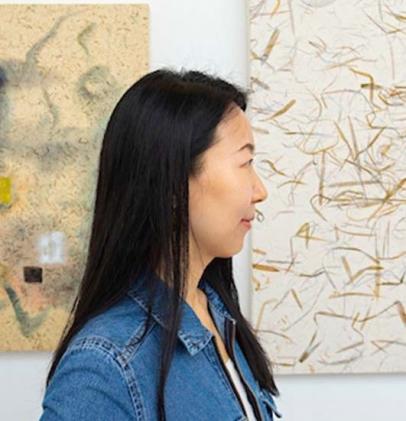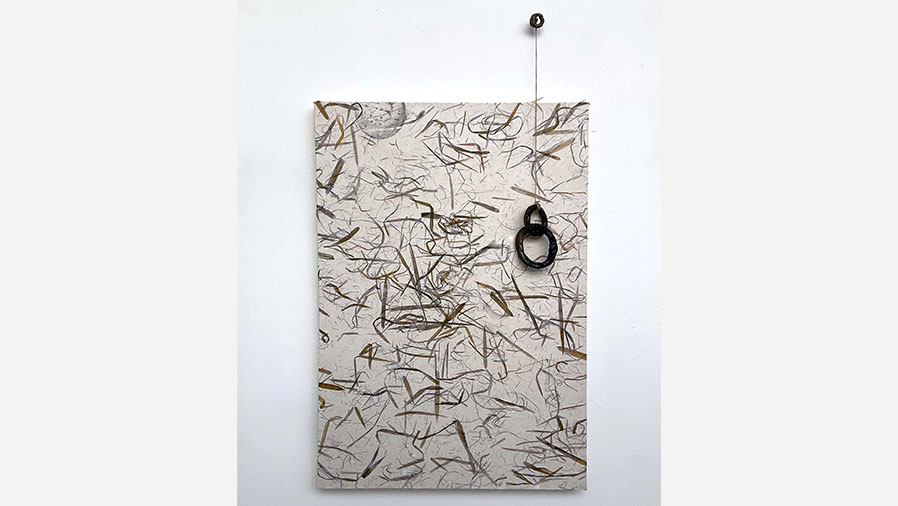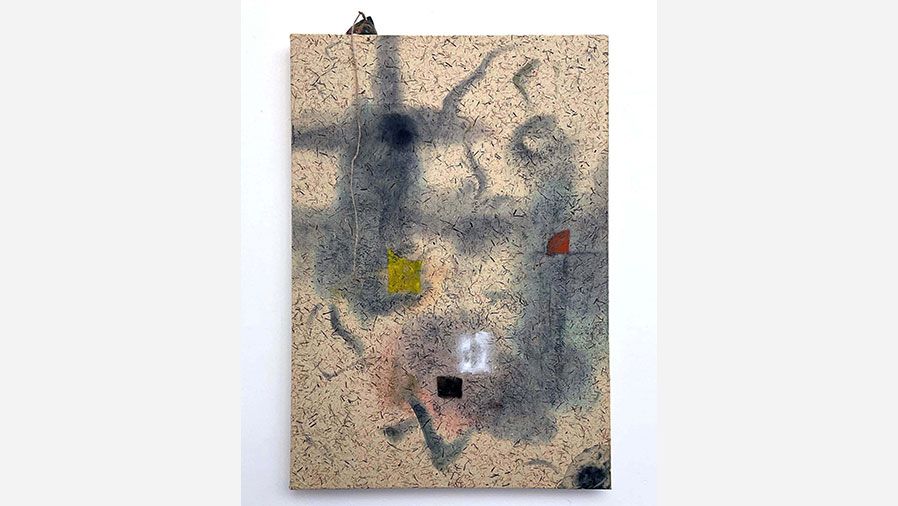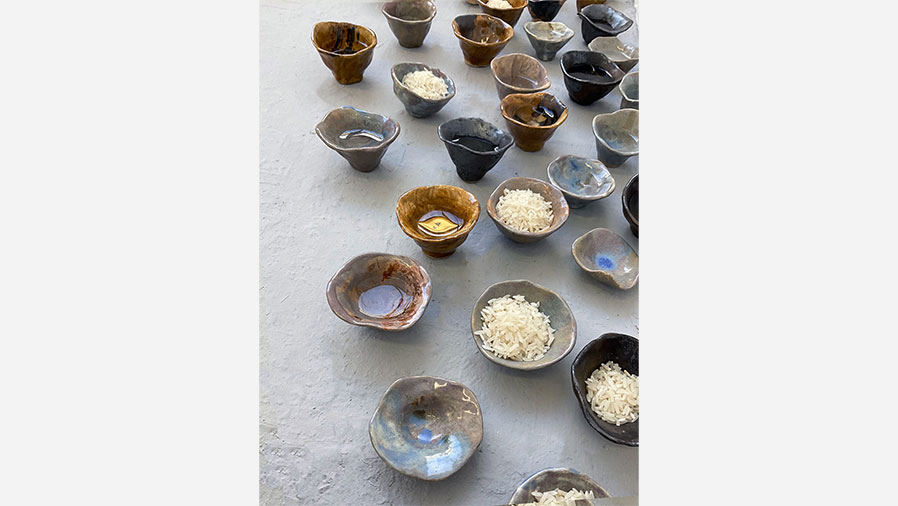
Kahee Jeong
About the artist
Instagram: @kaheejeong
Website: k-jeong.com
Kahee Jeong’s works are related to attempts to translate the submerged ambivalence of food, beginning with recognising food as the 'flesh' of living bodies.
For Jeong, it is a challenge to define what exists between a cow and beef in one simple word. Sometimes although a superficial image of food could evoke straightforward happiness, such as the pleasure of tasting something delicious, the underneath reality might hurt or disgust us; like in an old Korean tale, where a devoted son cuts his thighs to cook meat soup for his old and unwell father during a severe famine. The ambivalent emotions triggered by foods provoke incompatible inner arguments or feelings in the artist, reminding him of their origin as something living.
The marks, processes, and materials, such as food ingredients and food dyes in Jeong’s practice reflect the daily traces of food that exist on our tongues, bodies, and tables. Reproducing these abstract images, he intends to visualise the moment that our sensory nerves create specific emotions by biological electric signals, induced by narratives of flesh.
Investigating the clash between the sensibilities of food, Jeong’s overarching theme seeks phenomena beyond the surface such as sacrifice and violence behind sustenance and hospitality. He has developed this notion to the expanded food chain related to the factor that the stronger attack the weaker as their prey in human society.
Jeong’s working process, making multi-layers with several different materials, is the process of hiding violence and screams by digesting and refining. Through this process, the work, starting with strong and sharp images, finally turns into a calm piece of work; as if our tables mostly seem to be composed of peaceful flesh although these are set on the roar of the predator and the scream of the prey.
Kahee Jeong holds a BA in Fine Art Painting from the University of Brighton.
"We are all cells. We are all organisms composed of cells. In a cell’s inscape, everything is floating in euphonious harmony. If any organelle is damaged or hypertrophied, its tunes shatter into futile pieces, losing its gesture. These malfunctioning cells provoke a detriment to the organs. Our society has a close connection with these characteristics of damage.
The broken balance between the overpowered part and the weakened one in society is related to social problems and conflicts such as bipolarisation or suppression. For me, the value of harmony, balance, and equality is crucial. I believe these make us live humanly and harmonise with nature. Without this notion, the world could be just a battlefield or jungle filled with predators and prey for survival. We need to live like cells, listening to their murmuring beyond the membrane."


